Learning the key of E major and, subsequently, E major chords will help you on your road to becoming a better musician. Understanding how each of the notes work together will firmly cement their relationship into your mind while you play your chosen instrument.
Let’s get right into the lesson!
E Major Chords
The E major chords are the chords that are built using the notes in the E major scale; E – F# – G# – A – B – C# – D#.
What are the chords in the key of E major?
The chords in the key of E major are:
- E (I)
- F#m (ii)
- G#m (iii)
- A (IV)
- B (V)
- C#m (vi)
- D#dim (vii°)
*diminished chords (dim, for short) are denoted by the degree symbol (ex: B° = Bdim) The formula for a diminished chord is I – bIII – bV.
What are the notes of the E Major scale?
The formula for finding the notes in the D major scale, or any major scale, is:
| I (Tonic) | II (Supertonic) | III (Mediant) | IV (Subdominant) | V (Dominant) | VI (Submediant) | VII (Subtonic) |
| Whole | Whole | Half | Whole | Whole | Whole | Half |
| E | F# | G# | A | B | C# | D# |
Whole – Whole – Half – Whole – Whole – Whole – Half
So, looking at your keyboard:
- E to F# is a whole step
- F# to G# is a whole step
- G# to A is a half step
- A to B is a whole step
- B to C# is a whole step
- C# to D# is a whole step
- D# to E is a half step
Relative and Parallel Keys
Parallel keys share the same root note, or tonic. Because of this, they are easy to figure out since their names are so similar. In this case, the parallel key to E major is E minor. Likewise for D major and D minor, C major and C minor, and so on and so forth. You get the idea.
The difference between parallel keys are the III, VI, and VII notes. If you are in a major key, like E major, and want to transpose to the parallel minor, like E minor, you will simply flatten those notes; you’ll get bIII, bVI, and bVIII.
This is how that would look when written out:
- E (I)
- F# (II)
- G# (III)
- A (IV)
- B (V)
- C# (VI)
- D# (VII)
If we flatten the III, VI, and VII to turn the key minor, it will look like this:
- E (I)
- F# (II)
- G (bIII)
- A (IV)
- B (V)
- C (bVI)
- D (bVII)
To get from minor to major you sharpen the III, VI, and VII notes. That would just be the above examples in reverse.
Relative keys are just as easy to figure out, if not easier. While they do not share the same root note, they do share ALL of the same notes. In fact, the only thing that differentiates them is their root note.
The relative key, or relative minor, to E major is C# minor. You can see in the example below that they share the same notes with different starting positions.
E Major
- E (I)
- F# (II)
- G# (III)
- A (IV)
- B (V)
- C# (VI)
- D# (VII)
C# minor
- C# (I)
- D# (II)
- E (III)
- F# (IV)
- G# (V)
- A (VI)
- B (VII)
Once you develop an understanding for parallel and relative keys you realize that you can memorize multiple keys at one time.
Remember:
| Parallel Key means you either sharpen (minor to major) or flatten (major to minor) the III, VI, & VII notes but they share the same tonic. |
| Relative Key means they share the same notes but each have a different tonic. |
Now you just use those notes to build your chords.
How do I find E Major chords?
A chord is, generally speaking, 3 notes played together (5 chords are the exception). We call these chord formulas triads. major chord is a major triad and a minor chord is a minor triad.
The major triad is built using the I (tonic), III (mediant), and V (dominant) notes of a scale while a minor triad uses I, bIII, and V. You can look at this chart to see how you find those notes within the scale.
| I (Tonic) | II (Supertonic) | III (Mediant) | IV (Subdominant) | V (Dominant) | VI (Submediant) | VII (Subtonic) |
| E | F# | G# | A | B | C# | D# |
So, using the two formulas above, we can build an E major chord with the notes:
- E (I)
- G# (III)
- B (V)
To build chords using the E major scale you will only use these notes. The formula to figure out the chords is I – ii – iii – IV – V – vi – vii°.
So the chords of the key of E will look like:
| I | ii | iii | IV | V | vi | vii° |
| E | F#m | G#m | A | B | C#m | D#dim |
If you are wondering why there are minor chords in a major scale, the answer is not too complicated. When building the chords within a scale, we can only use the notes available in that scale.
So, for instance, if we wanted an F# chord, we would need the notes
- F# (I)
- A# (III)
- C# (V)
Since A# is not a note in the E major scale, but A is, we use that instead. Since A is a bIII instead of a III it makes the F# chord minor instead of major.
E Major Chords (Diagrams)
This is surely what you came here for. Complete diagrams for the chords we have learned today.
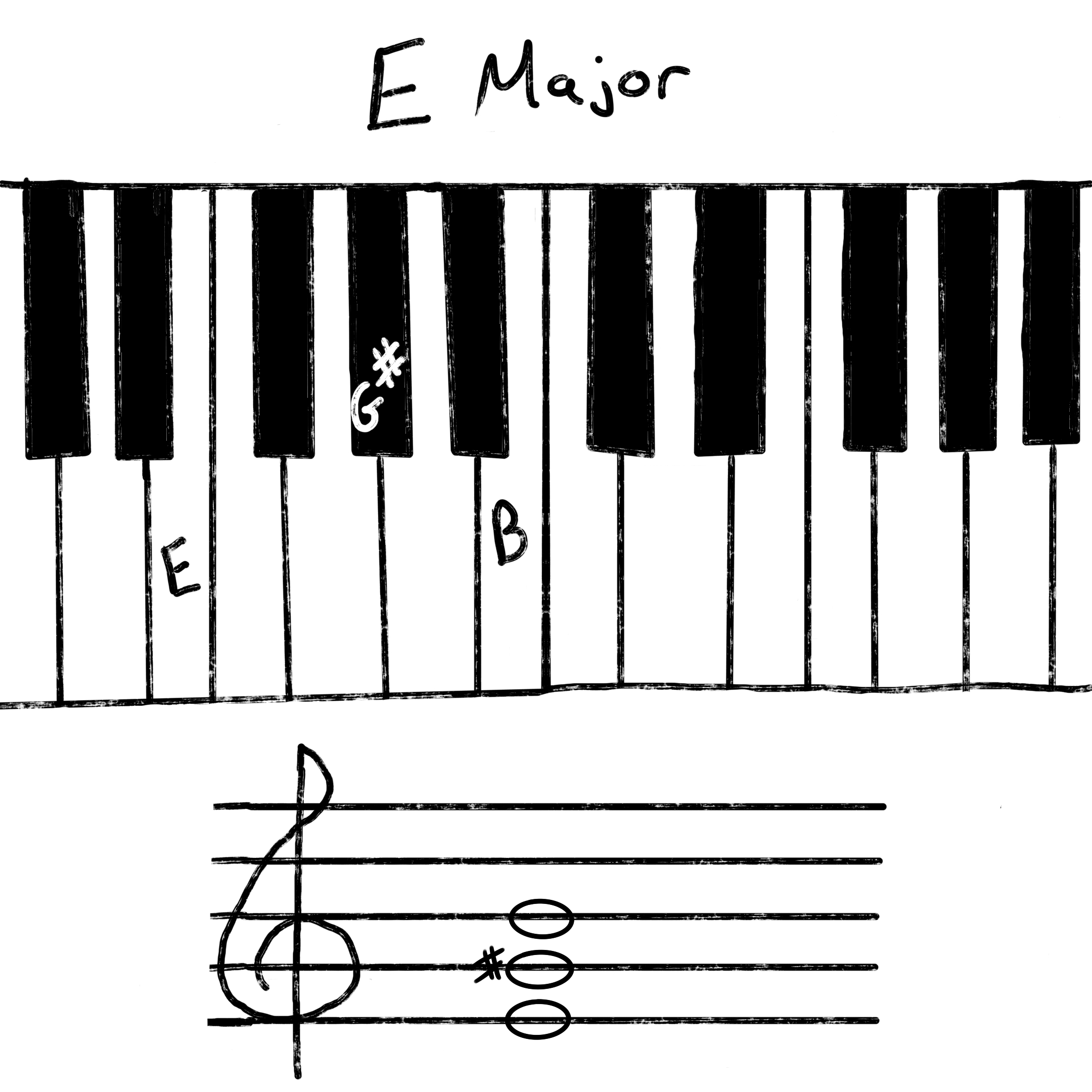
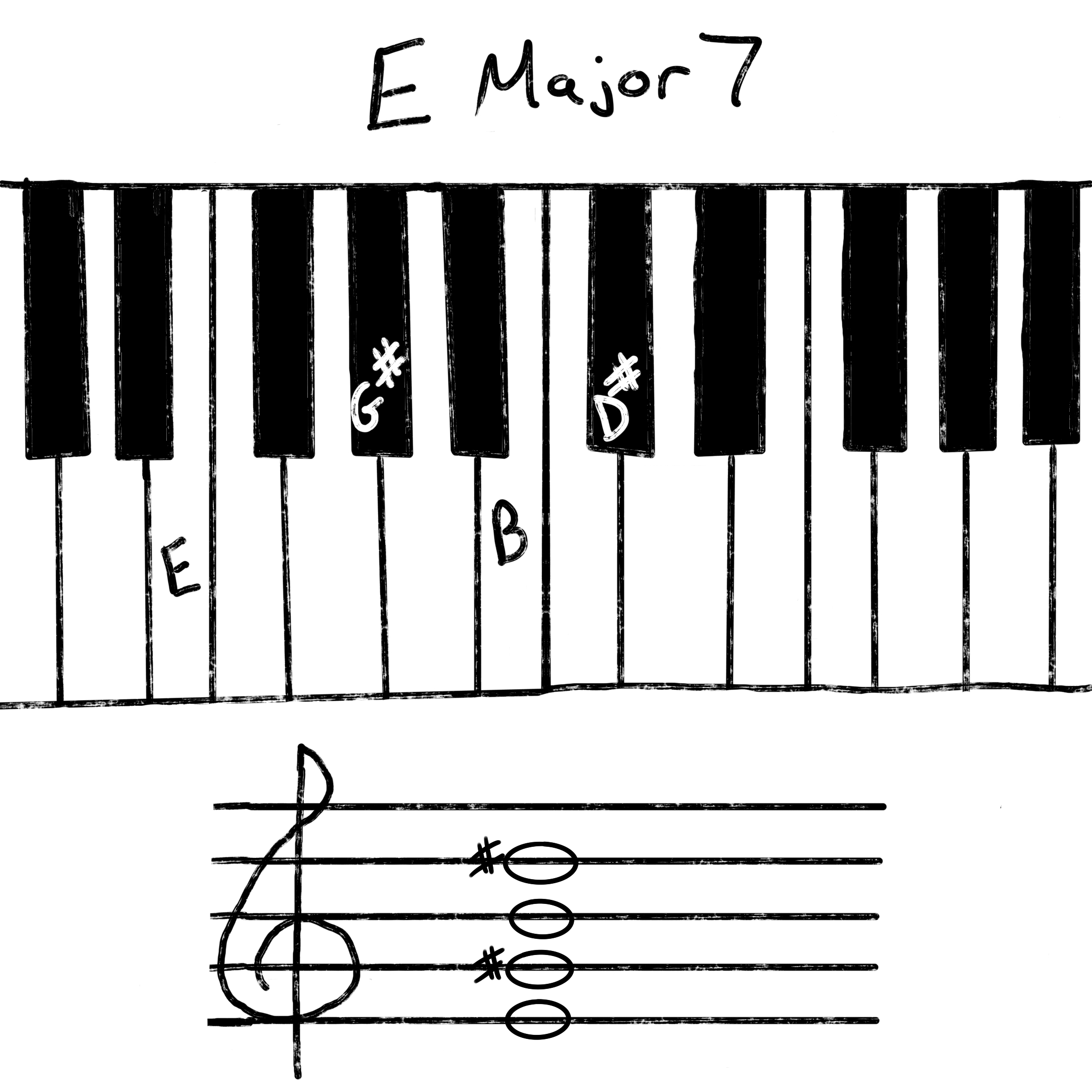
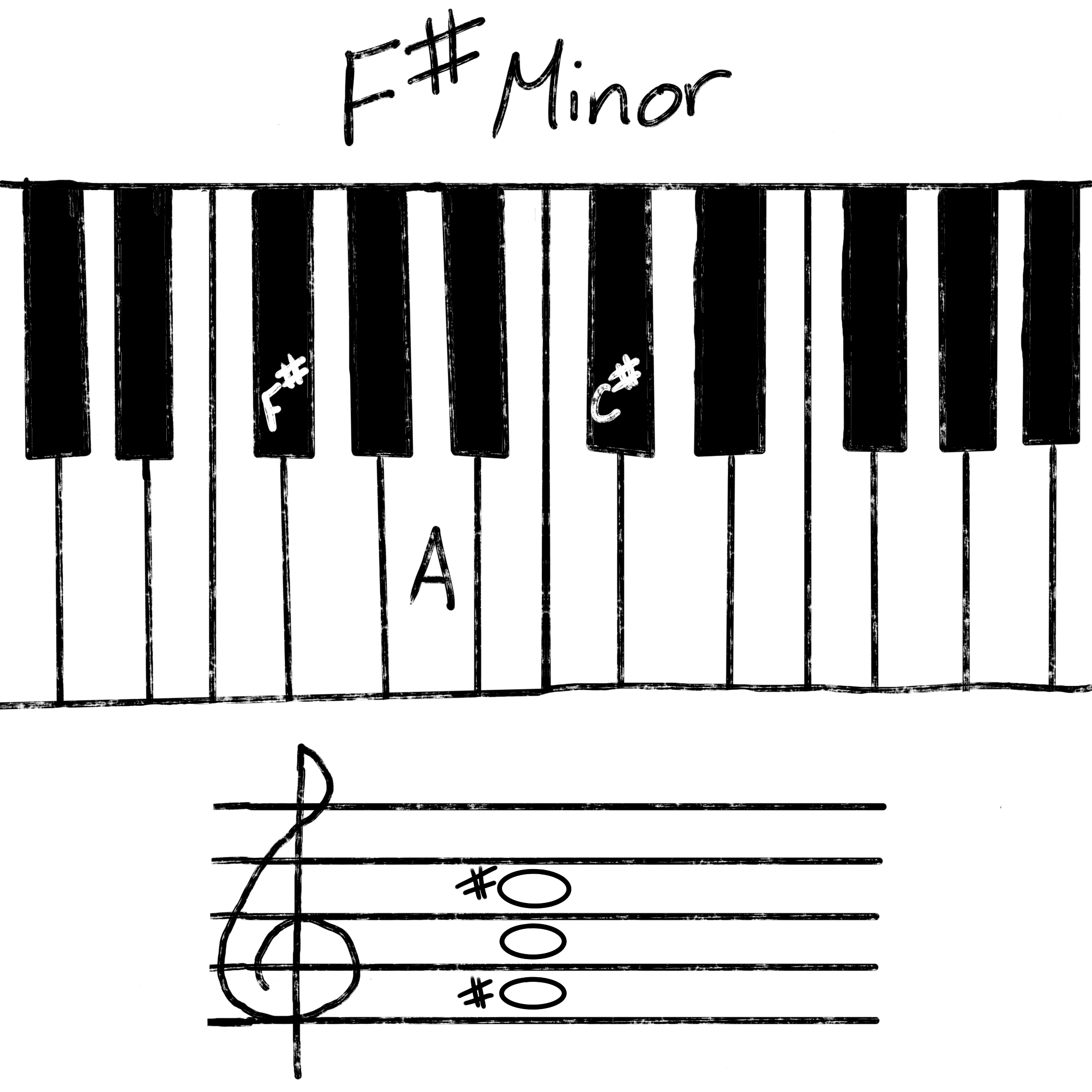

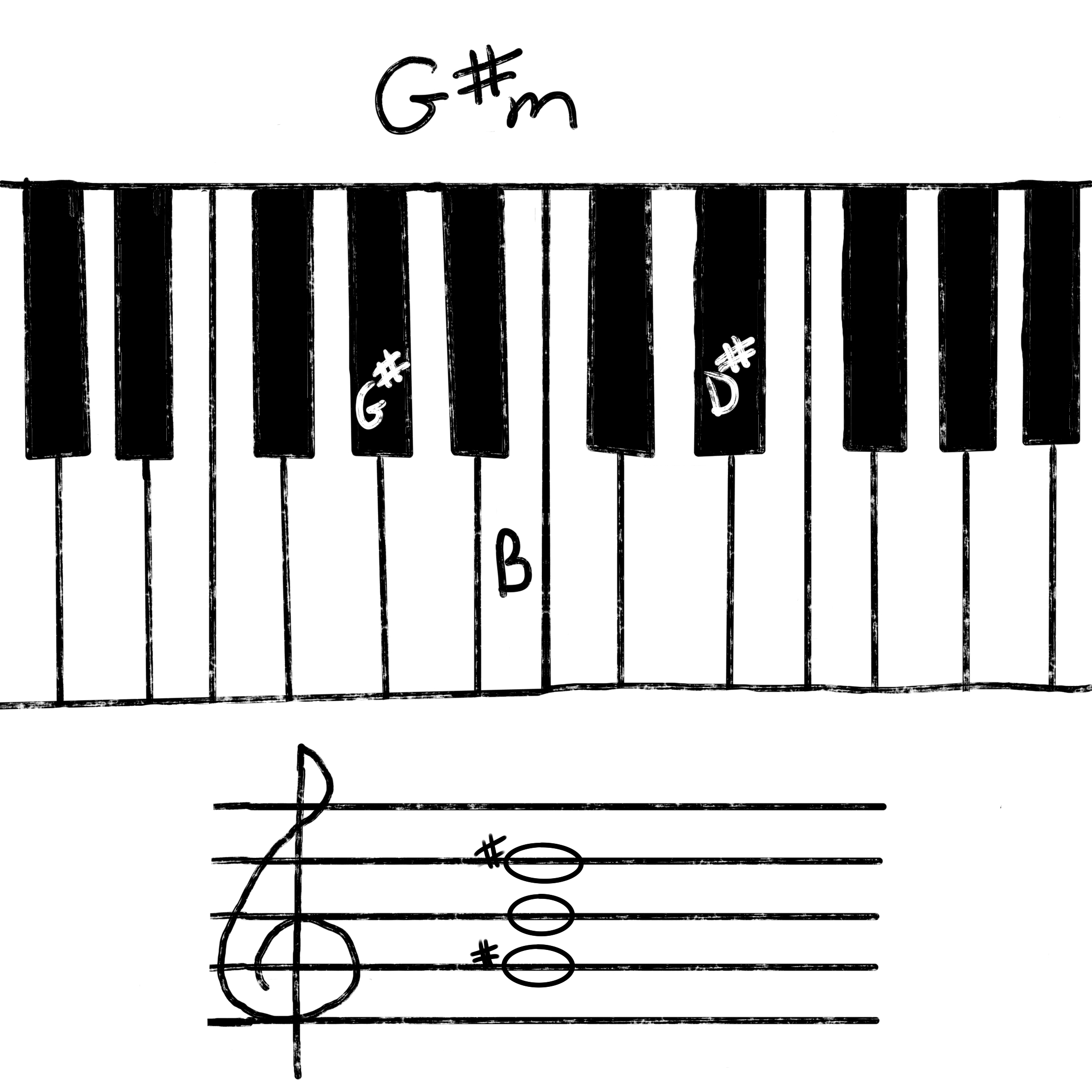
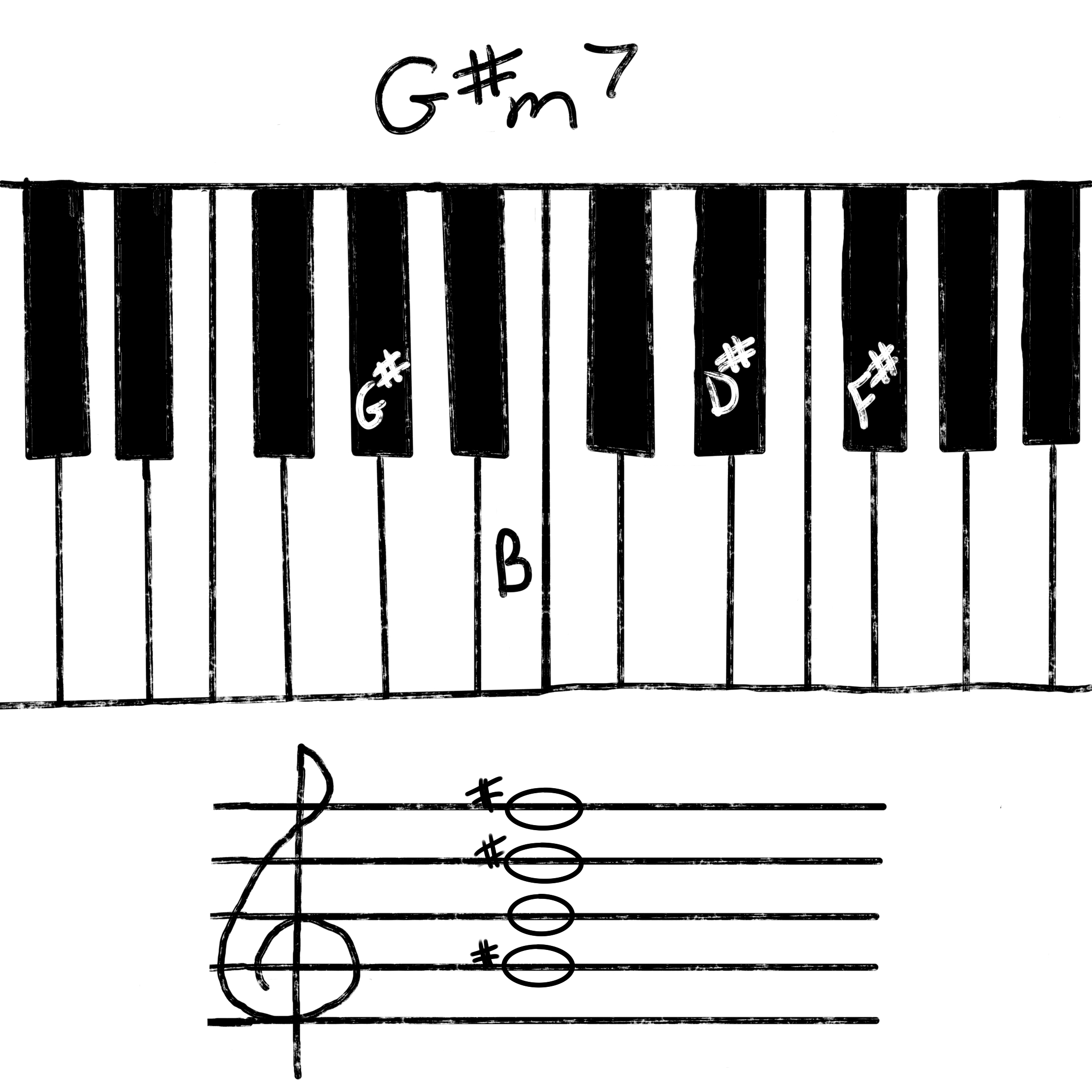
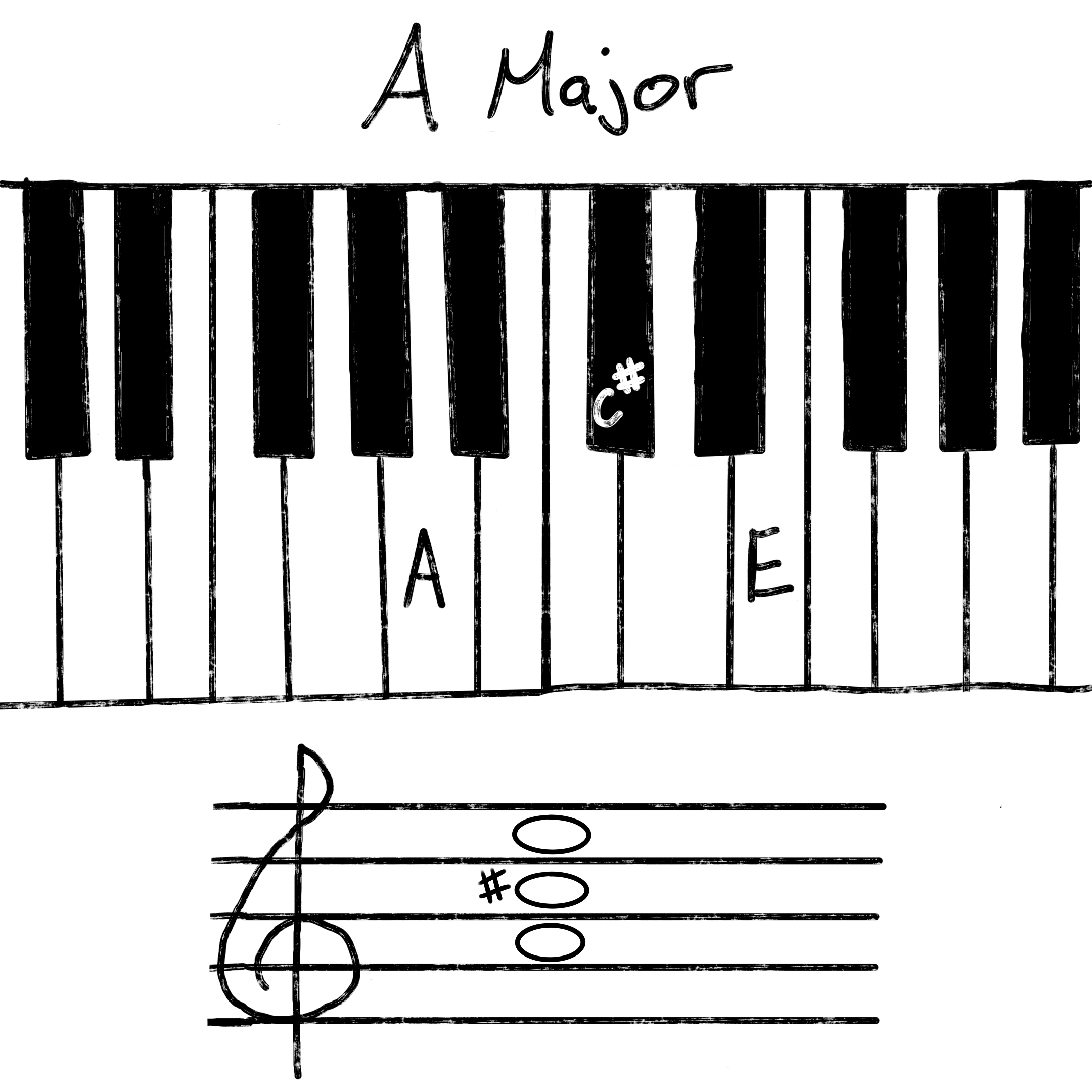

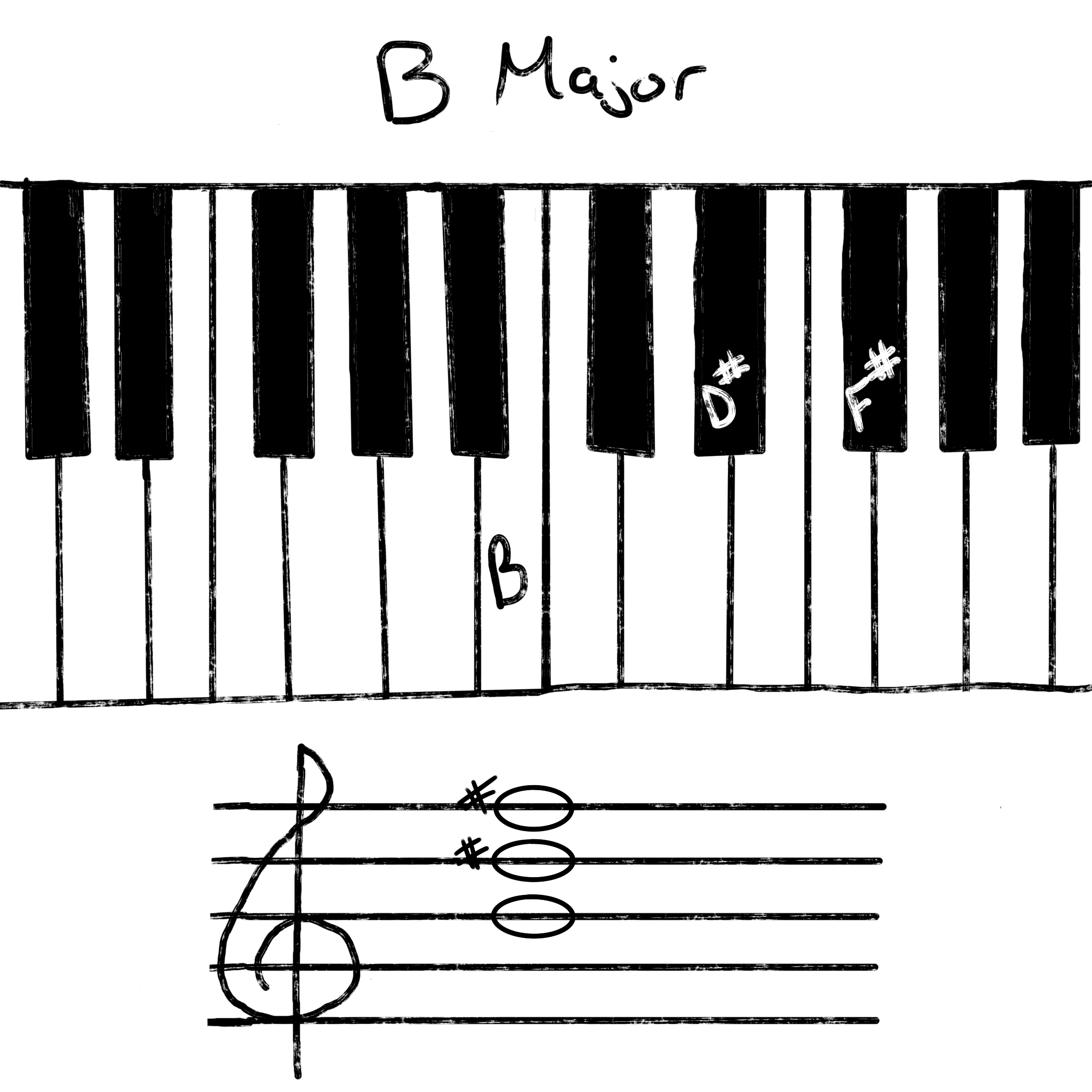
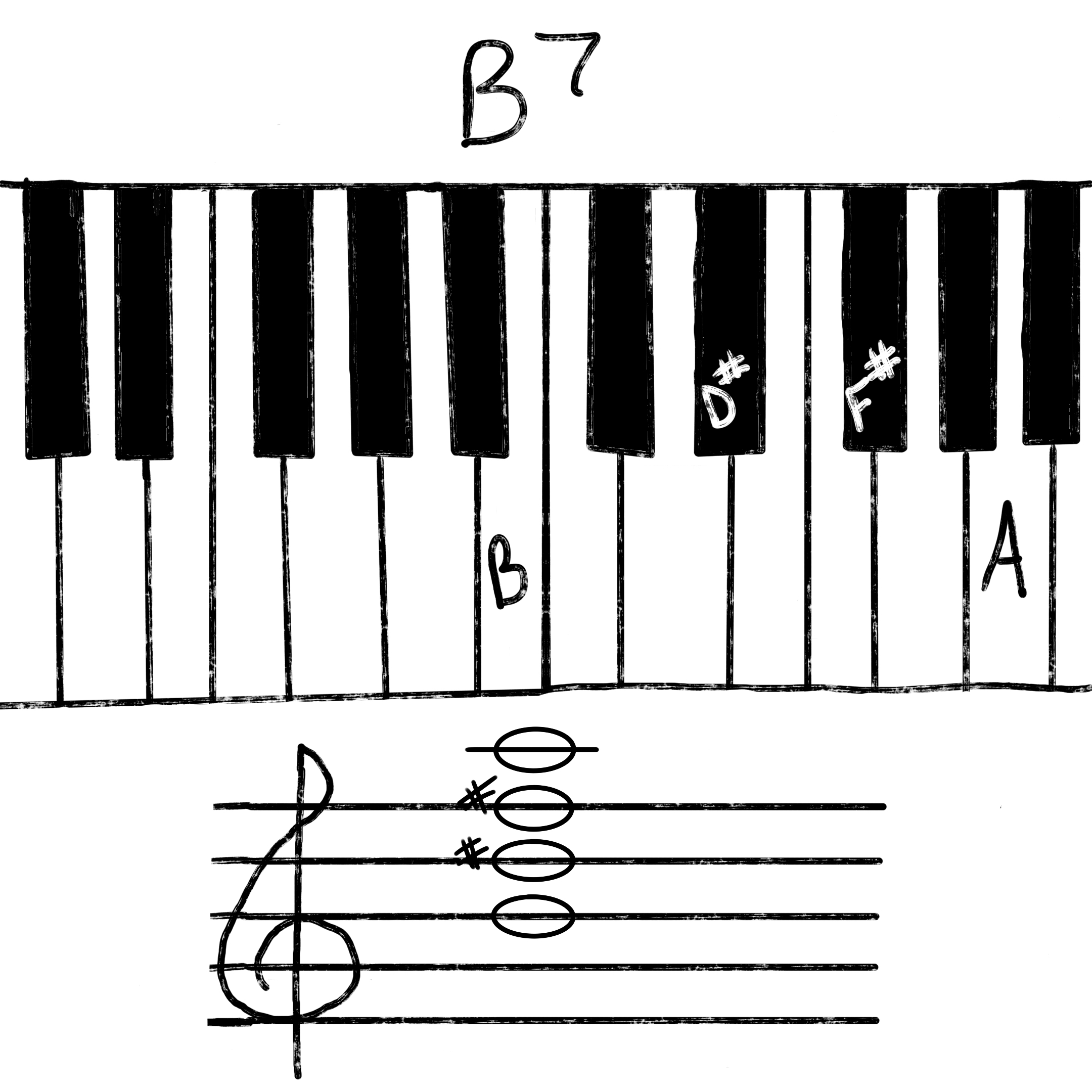
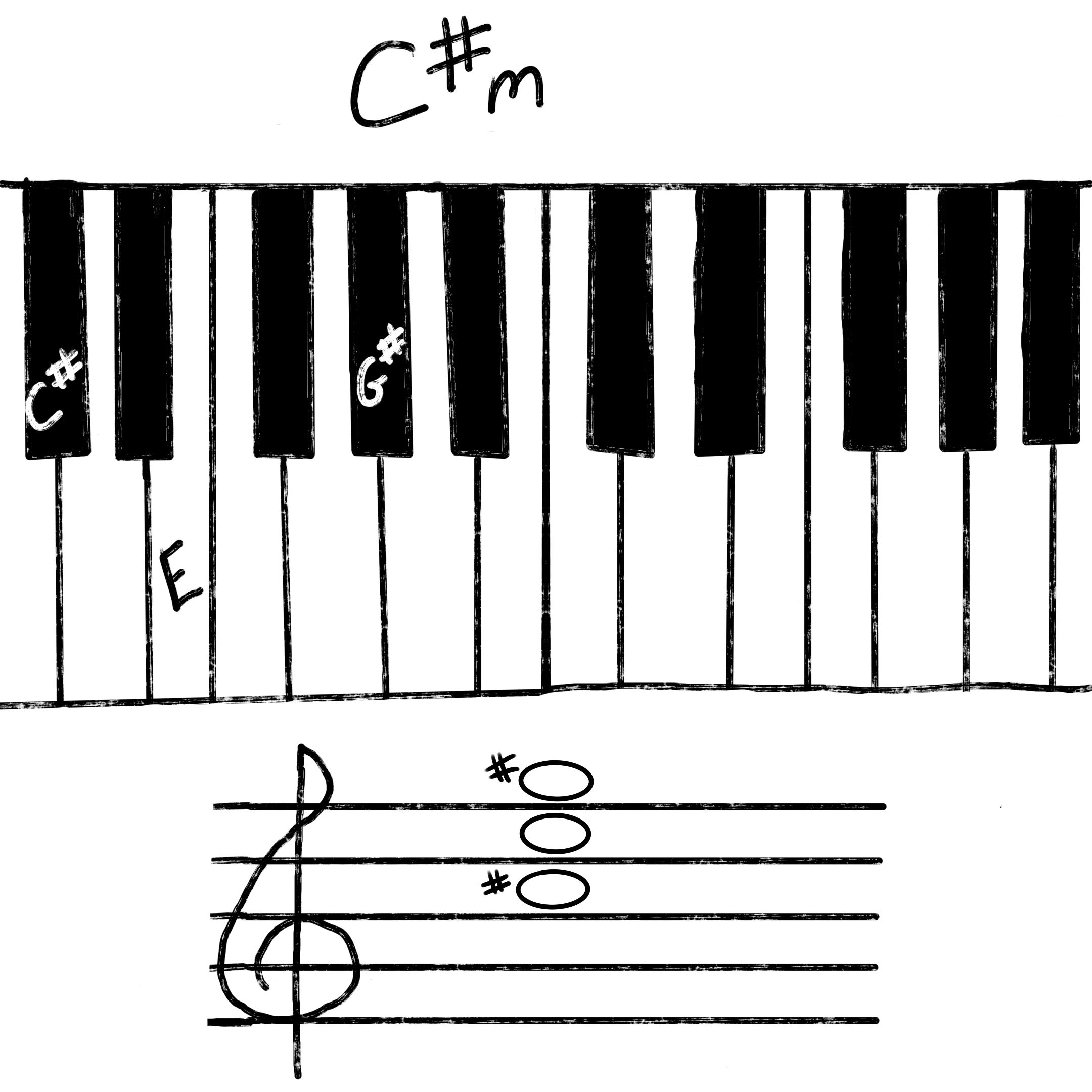
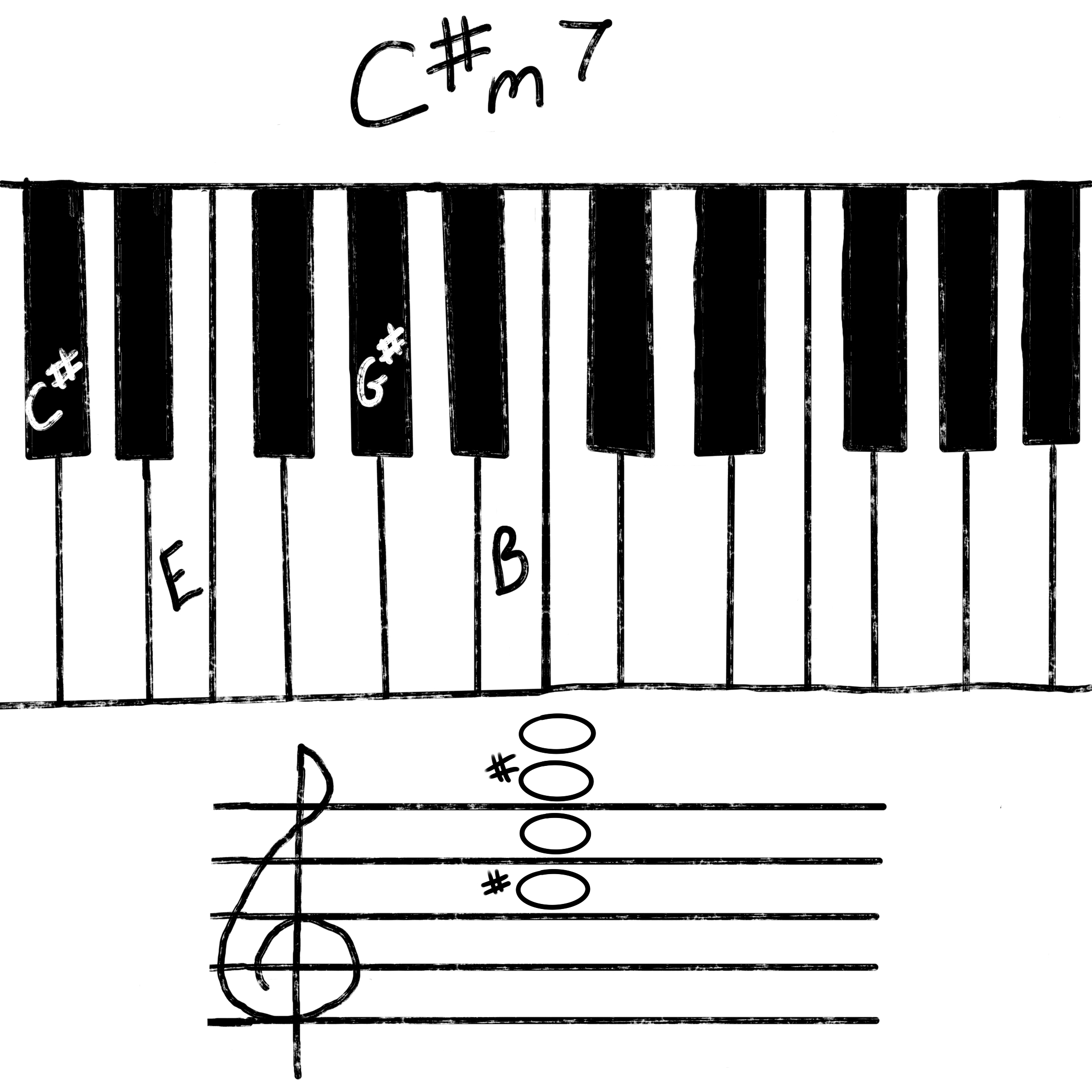
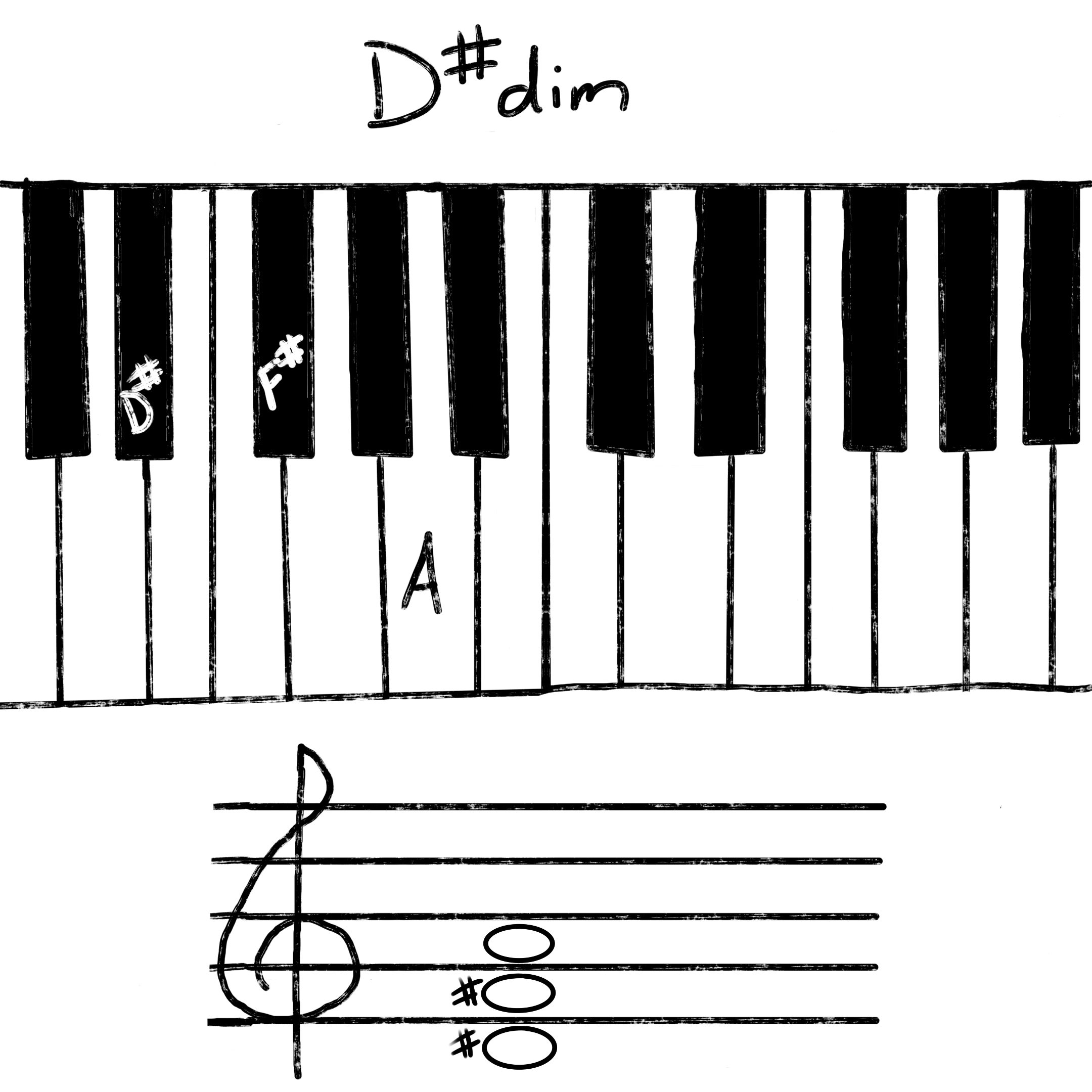
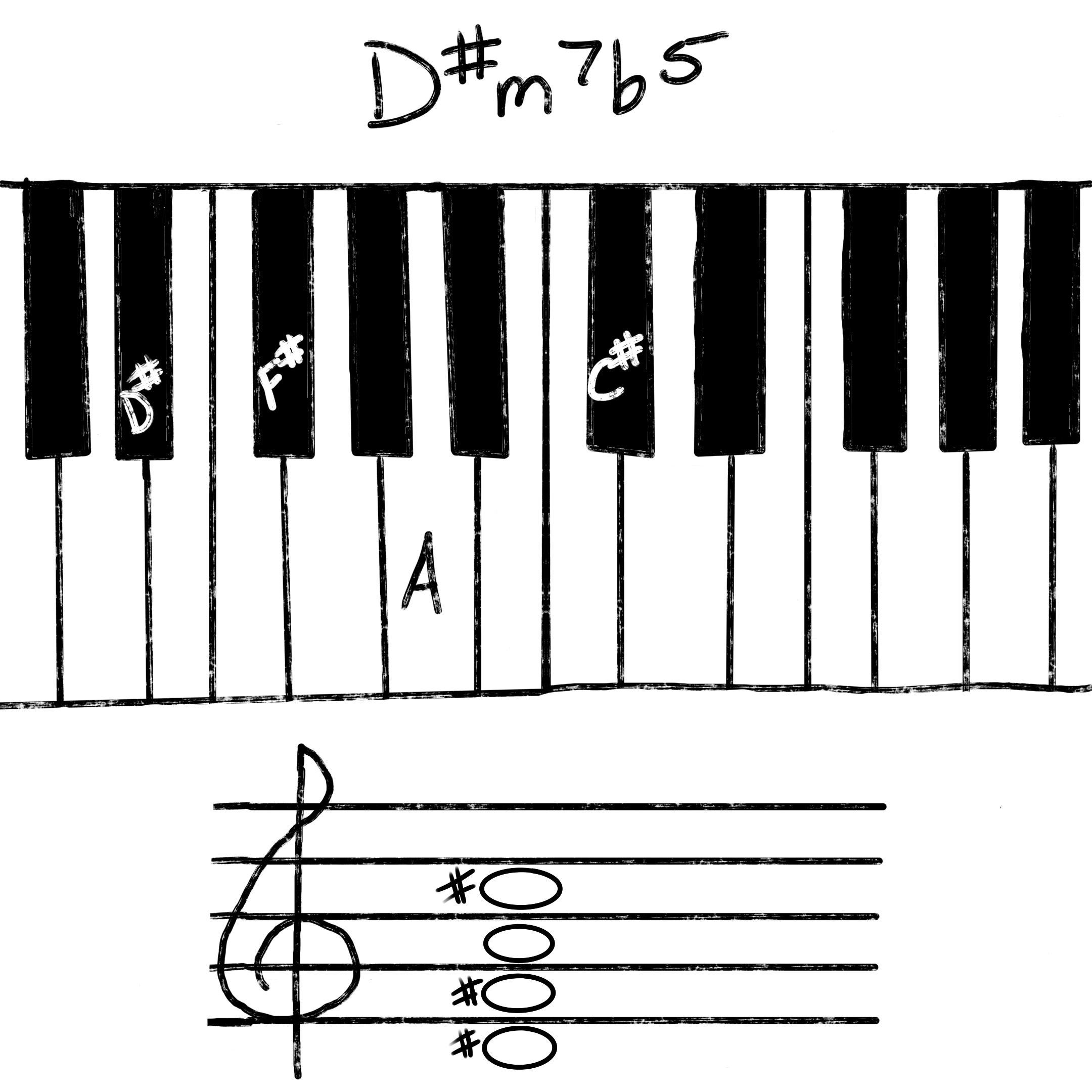
Inversions
Building your understanding of inversions will help you develop your improvisational skills as well as your muscle memory. Essentially, inversions are simply playing a chord’s notes in a different order.
Let’s take E major, for example. The first inversion of E major is E – G# – B. The second inversion is G# – B – E, with the E in the next highest octave. The third inversion is B – E – G#, with both the E and G# notes in the next highest octave.
This chart can help you better visualize the concepts of inversions.
| Inversion | 1st | 2nd | 3rd |
| Chord Formula | E – G# – B | G# – B – E | B – E – G# |
First Inversion
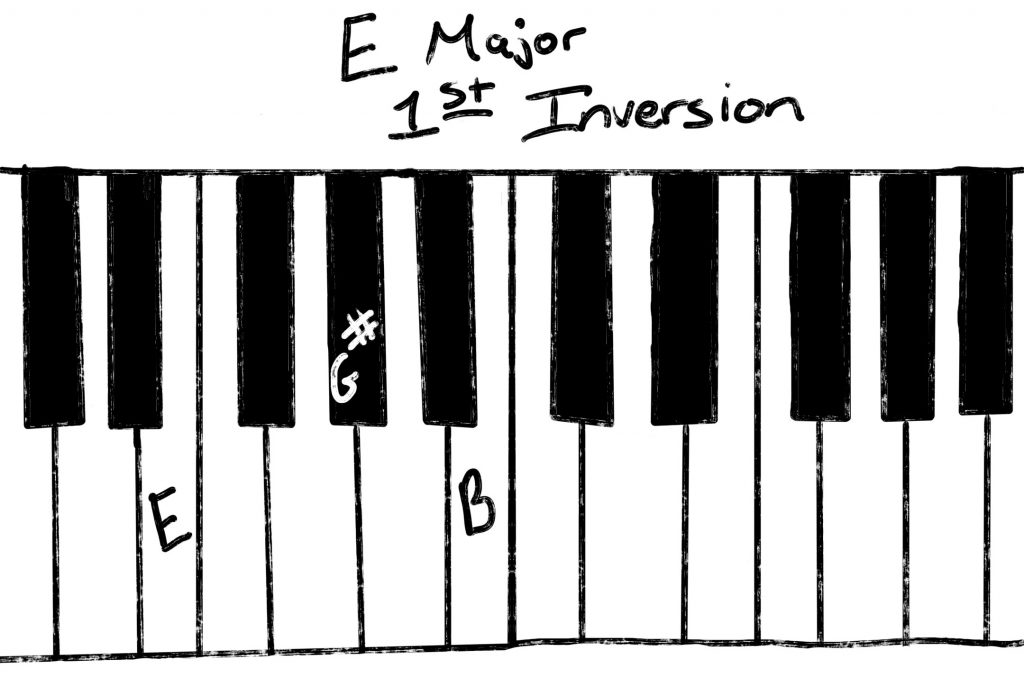
Second Inversion
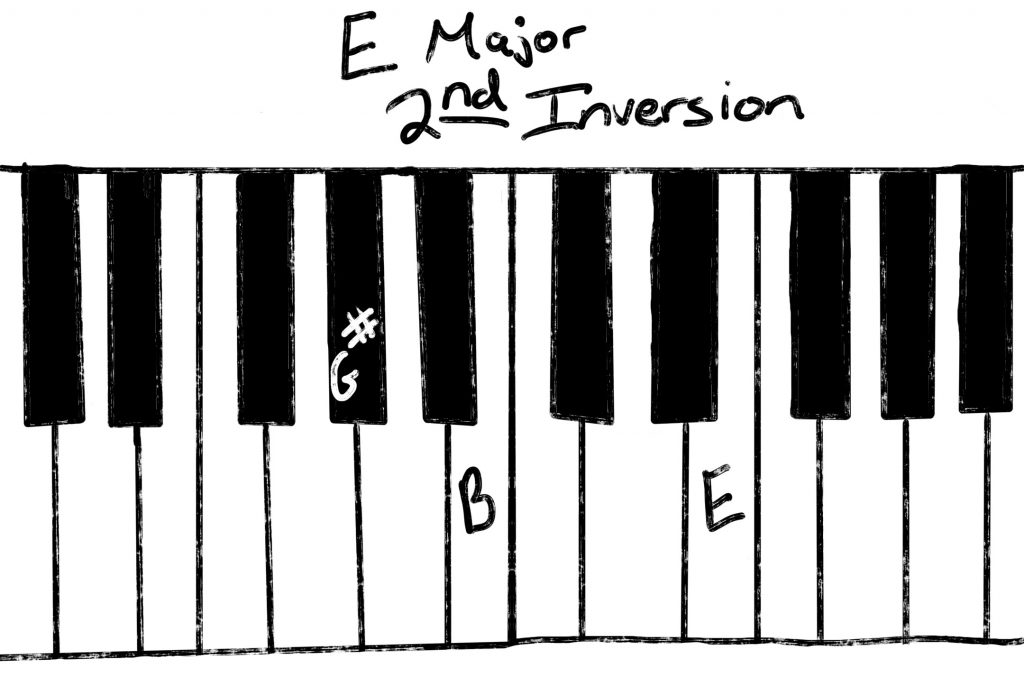
Third Inversion
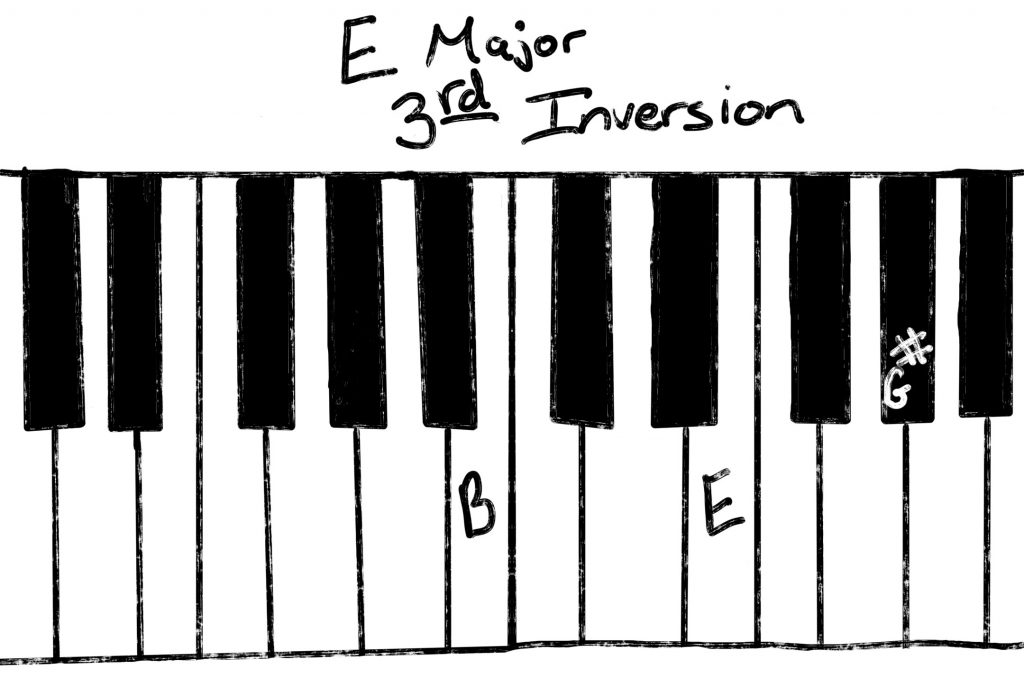
Modified Chords
We will refer to any chords that vary from the standard I – III/bIII – V base format as a modified chord. Some of the more common modified chords you will see are add and sus chords. You will often recognize these chords having either of those suffixes or simply a number (e.g. Eadd2, Esus4, E7, etc)
In order to make these chords, you will need to know how we map notes to numbers. We use the same method we used for finding scale notes, we just use Arabic numbers instead of Roman numerals and we go up to 13 instead of stopping at VII, or 7.
Like so:
- E = 1
- F# = 2
- G# = 3
- A = 4
- B = 5
- C# = 6
- D# = 7
- E = 8
- F# = 9
- G# = 10
- A = 11
- B = 12
- C# = 13
I intentionally marked the 2, 4, 7, 11, and 13 notes in bold because they are the most likely candidates for any of these chords. Modified chords operate by either adding a note, for add chords, or substituting a note, for sus chords.
add Chords
We’ll start with add chords since they are the simplest to do. All you need to do is simply add in a note. Let’s use the Eadd2 chord as an example.
Start with the notes of the E major chord, E (I) – G# (III) – B (V). If we want to make it an Eadd2 we just add in a F#, or 2 (II) note. The formula for Eadd2 will look like this E (I) – F# (II) – G# (III) – B (V).
You may notice that after a certain point, the numbers keep going up but the notes start to repeat. The repeating notes are in the next octave up, similar to how inversions work. In this case, the note order determines the name of the chord.
If we take the notes of Eadd2 and bump the F# to the end, or the next highest octave, we have an Eadd9. The difference in formula is E (I) – G# (III) – B (V) – F# (9).
That same principle applies for any add chords like add4/add11 and add6/add13. add6 chords are not used very often. But when they are you will sometimes see them paired with an add9 and is called add6/9.
The most common add chords you will see are probably add7 chords. We don’t usually see the “add” part in the chord name. It is usually just represented by a number, like E7.
sus Chords
sus chords are almost as easy. Instead of just inserting a note into the chord, you will actually replace, or suspend, the III. So an Esus4 will take an E major from E (I) – G# (III) – B (V) to E (I) – A (IV) – B (V).
The E Major Scale
The charts below will show where all the notes of E major fall on a keyboard and a music staff.
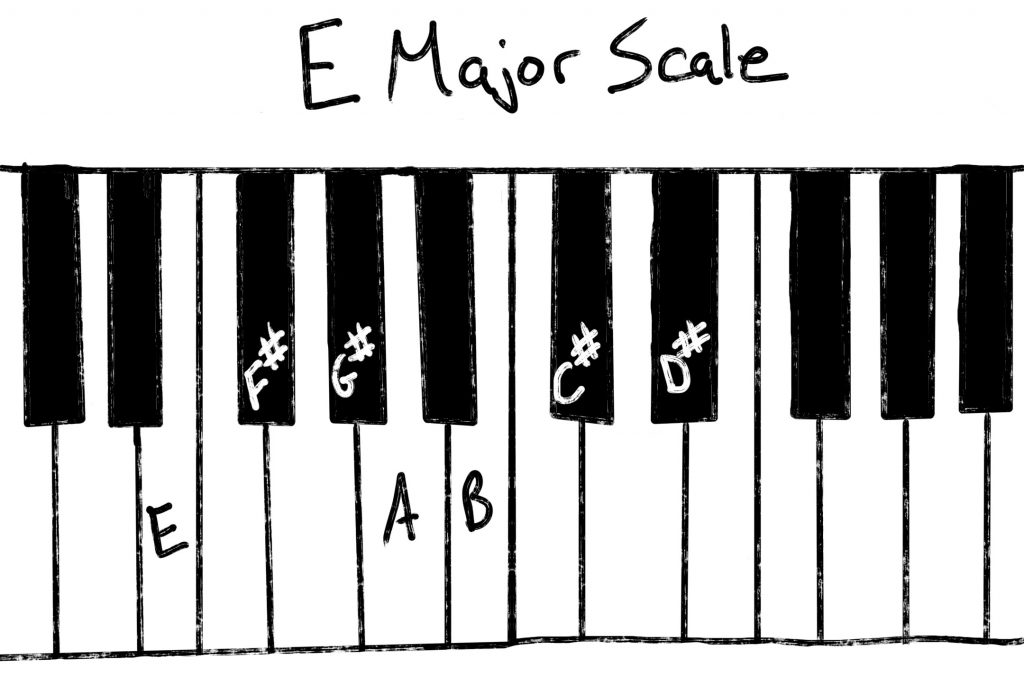
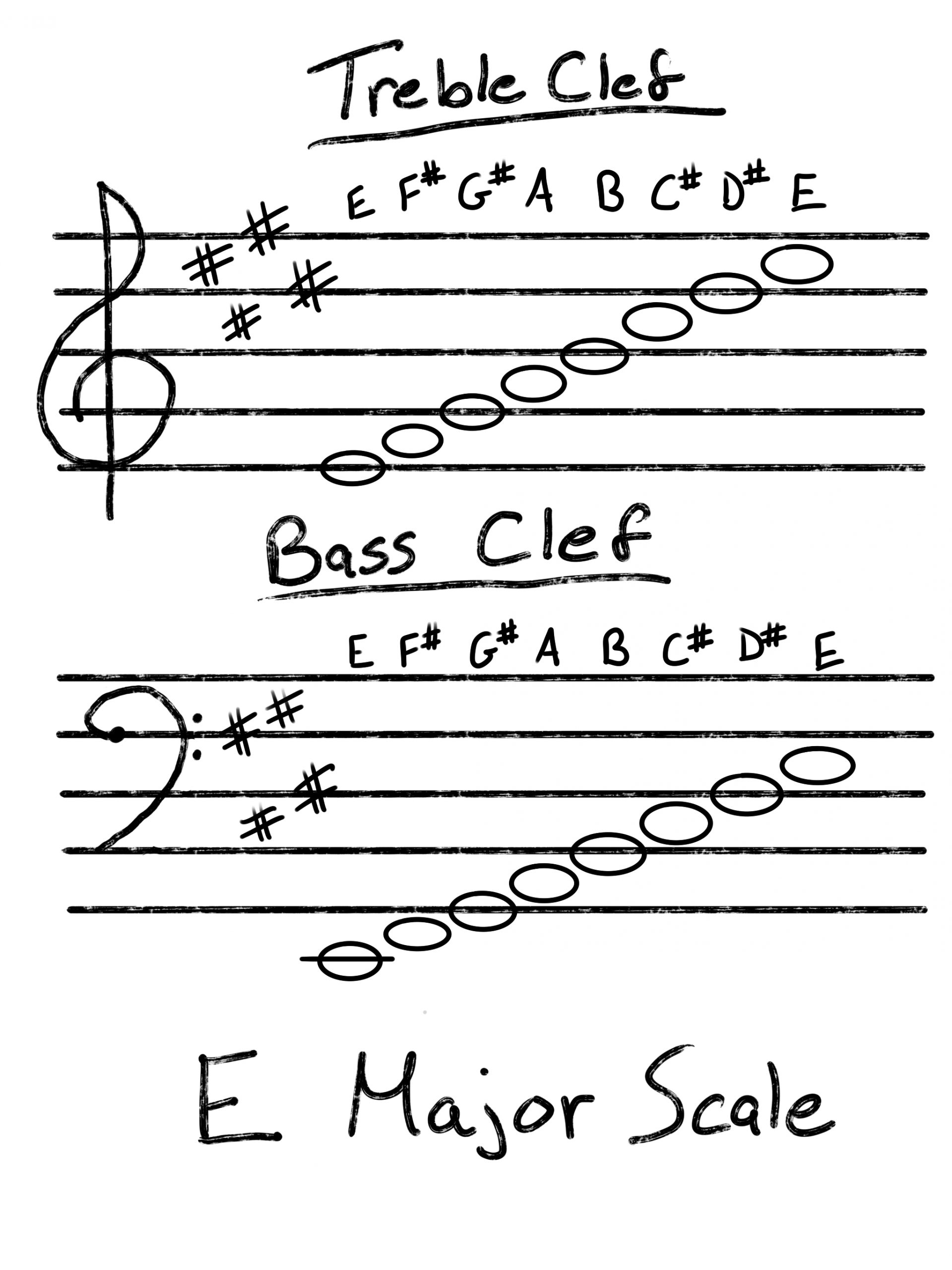
Songs In The Key Of E
If you want to dive right in and start playing songs in the key of E major, here are a wide variety of popular songs from multiple genres to get you going.
- Fluorescent Adolescent by Arctic Monkeys
- Levels by Avicii
- Norwegian Wood (This Bird Has Flown) by The Beatles
- Just What I Needed by The Cars
- Crash Into Me by Dave Matthews Band
- Summertime Sadness by Lana Del Rey
- My Heart Will Go On by Céline Dion
- Don’t Think Twice by Bob Dylan
- Peaceful, Easy Feeling by Eagles
- Till I Collapse by Eminem
- Your Hand in Mine by Explosions in the Sky
- Don’t Stop by Fleetwood Mac
- Best of You by Foo Fighters
- Stacy’s Mom by Fountains of Wayne
- Vacation by The Go‐Go’s
- Thriller by Michael Jackson
- Don’t Stop Believin’ by Journey
- Need You Now by Lady Antebellum
- Slow Dancing In A Burning Room by John Mayer
- Vultures by John Mayer
- The Cave by Mumford & Sons
- Counting Stars by OneRepublic
- Yellow Ledbetter by Pearl Jam
- Echoes by Pink Floyd
- Where Is My Mind? by Pixies
- Nude by Radiohead
- Under the Bridge by Red Hot Chili Peppers
- Mean by Taylor Swift
- Pride and Joy by Stevie Ray Vaughan
- Isn’t She Lovely by Stevie Wonder
Wrap Up!
Now you should have a good understanding of E major and all the E major chords you can build within the key. Hopefully you will take this knowledge and use it to build your musician’s arsenal.
Until next time!